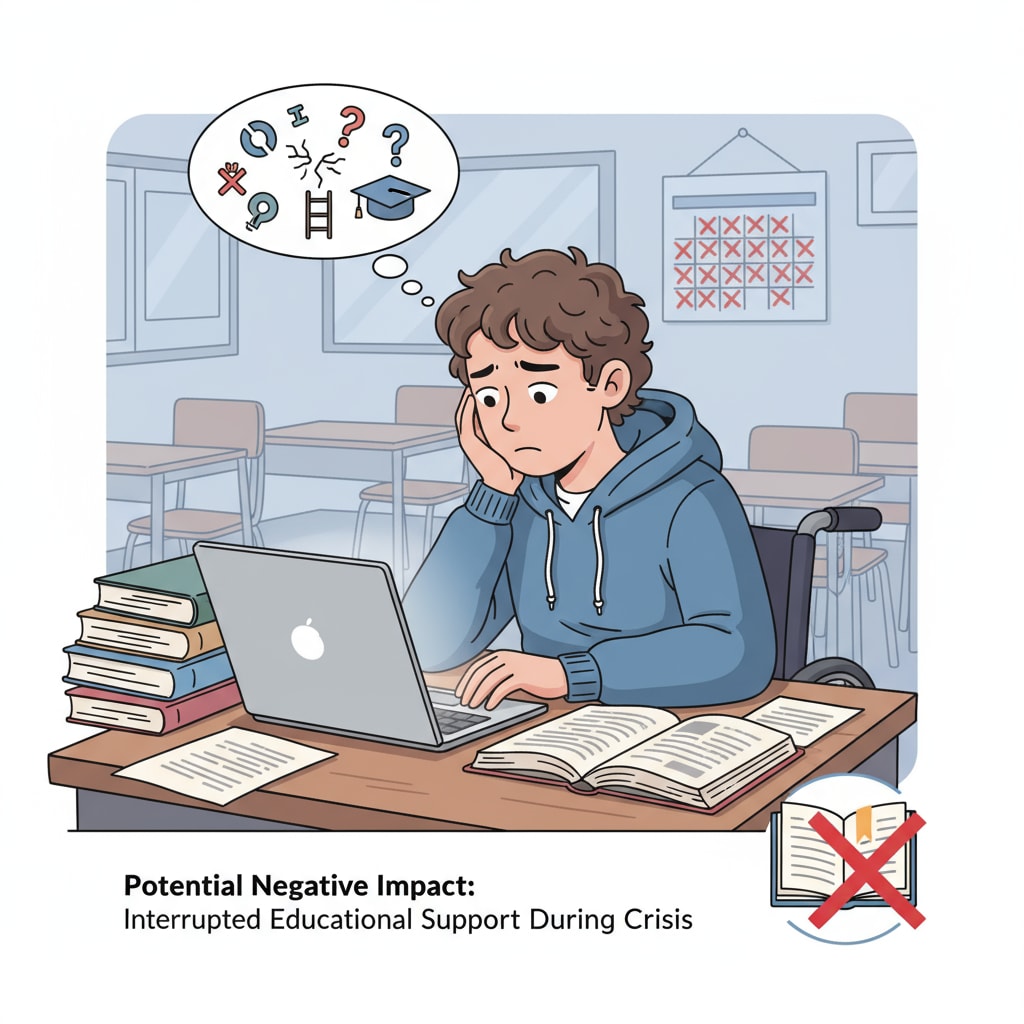The ongoing government shutdown has cast a long shadow over special education, posing a significant threat to the educational rights of students with disabilities. The Federal Office of Special Education is now grappling with a severe staff shortage, with only three employees remaining to manage operations. This dire situation has far-reaching implications for the millions of disabled students who rely on the support and services provided by the office.

The Root Causes of the Crisis
The government shutdown is the primary culprit behind this crisis. When the government halts its operations, funding for various departments, including the Office of Special Education, is suspended. As a result, many employees are furloughed, leaving only a skeleton crew to maintain essential functions. This sudden reduction in staff has disrupted the normal workflow and service delivery of the office. Additionally, the lack of proper financial planning and contingency measures during government shutdowns has exacerbated the problem. The official website of the Office of Special Education Programs provides more insights into its operations and how it is affected by external factors.
The Impact on Disabled Students
The consequences for disabled students are profound. With fewer staff members available, the office struggles to process paperwork, allocate resources, and provide necessary support to schools and districts. This delay in service can mean that students may not receive the individualized education plans (IEPs) they need in a timely manner. Moreover, the lack of oversight and guidance from the federal level may lead to inconsistencies in special education services across different regions. For example, some schools may not have the proper resources or training to meet the unique needs of disabled students, and without the support from the Office of Special Education, these issues may go unaddressed.

Understood.org offers valuable information on the challenges faced by students with disabilities.
As we look at the current situation, it is clear that immediate action is required. Advocacy groups, educators, and parents need to come together to raise awareness about the importance of special education and the impact of the government shutdown on disabled students. We must urge the government to prioritize the funding and support for the Office of Special Education to ensure that the educational rights of these vulnerable students are protected. In addition, schools and districts should also explore alternative ways to support their disabled students during this difficult time, such as collaborating with local community organizations and seeking additional resources. By working together, we can strive to minimize the negative impact of this crisis on the educational future of students with disabilities.
Readability guidance: The content is presented in short paragraphs to enhance readability. Key points are summarized in a clear manner. The use of passive语态 is kept to a minimum, and transitional words like “moreover” and “additionally” are used to connect ideas. Each H2 section contains relevant information and a list-like structure in some parts to make it easier to understand.


